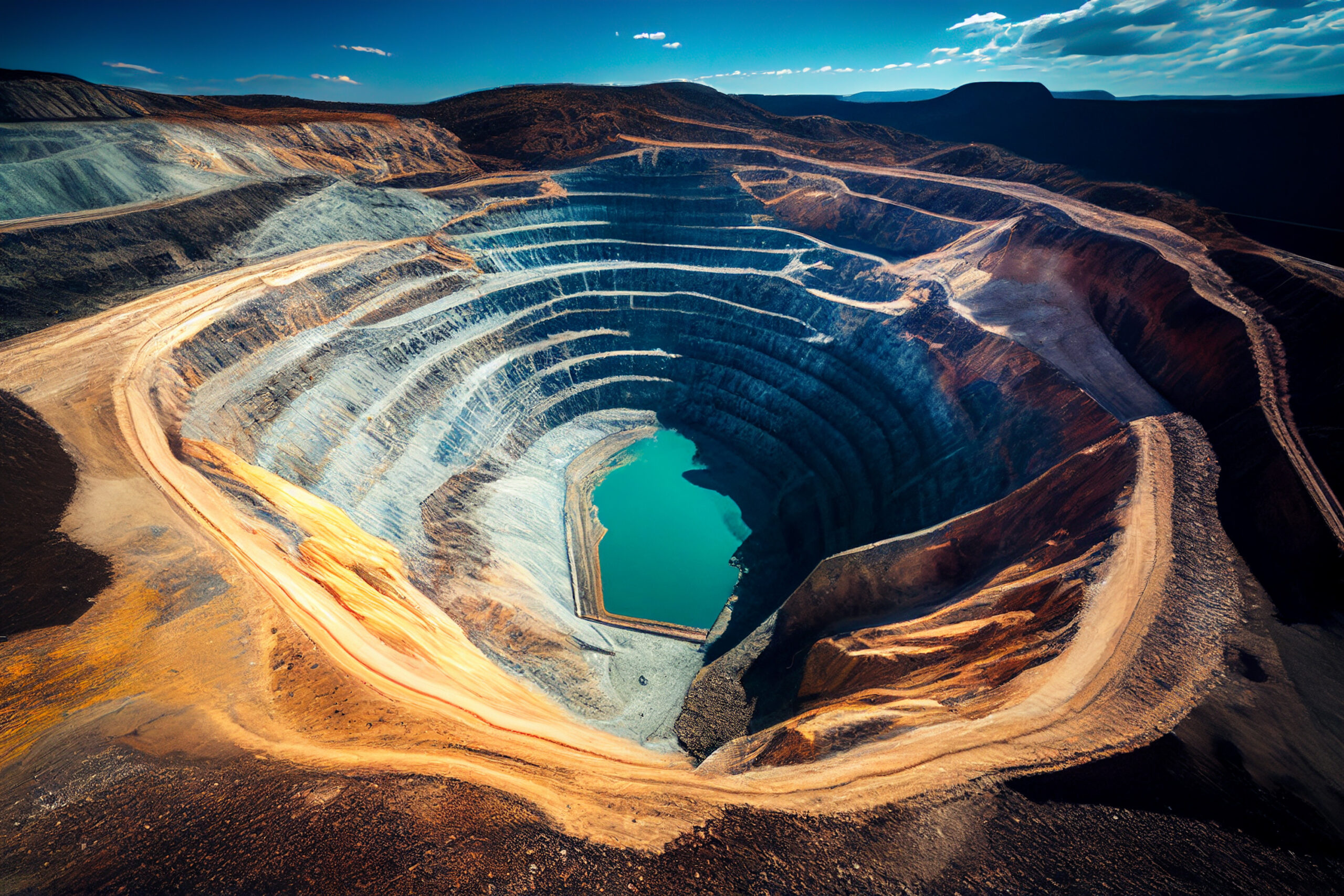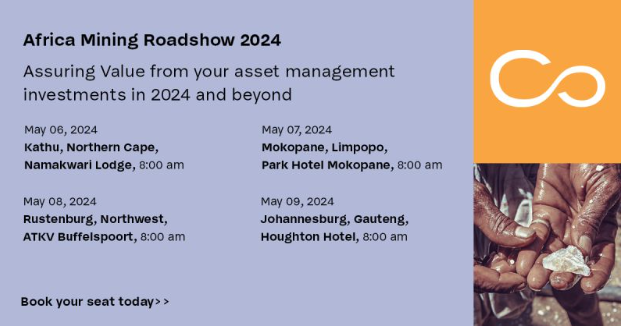
Our global green future depends, ironically, on surfacing and using vast quantities of materials. As Matthieu Favas, Commodities Editor at the Economist wrote last year: “…. A net-zero global economy will… consume far fewer materials. Going from here to there, however, will require a heap of them.”
The Energy Transitions Commission, a think-tank, has put a number to that ‘heap’. Decarbonising the global economy, it estimates, will require 6.5 billion tonnes of metal between now and 2050.
Lithium and nickel (batteries), steel (wind turbines, electric vehicles), aluminium, cobalt and graphite – all of these will be key to powering our green revolution. In the UK alone, switching the 31.5 million petrol and diesel vehicles over to a battery-electric fleet, will take an estimated 207,900 tonnes of cobalt, 264,600 tonnes of lithium carbonate, 7,200 tonnes of neodymium and dysprosium, and 2,362,500 tonnes of copper.
With demand soaring globally and supply struggling to keep pace, the global mining industry must step up to meet this challenge.
But doing that in a way that is both sustainable for our planet and communities (the mining industry contributes 2 to 3 per cent of global CO2 emissions), while also enabling mining businesses to meet their production and financial goals, presents a huge challenge.
The issues facing mining are many: Not just the well-voiced concerns about the environment and ecosystems and the volatile commodity prices, but the rising costs of labour and equipment and the long permit processes which can lead to projects being substantially delayed and uncertainty – that foe of every business.
In this context, one key enabler to success will be an effective asset management strategy – one that is long-term and looks to digital and modern methods of working. That strategy should involve consideration of the following:
- Your processes: The business processes across multiple departments should be addressed (enabling software alone is never a fix).
- Your technology: Predictive maintenance technologies and practices and asset management software.
- Your data: Connecting up and integrating siloed data through the establishment of a data strategy – is critical to gaining full control over your assets, understanding them in full – and driving peak performance, all the time.
- Your teams: Ensuring your maintenance teams receive the training and education necessary to ensure digital programmes are effective and have long-term, sustainable impacts.
This holistic approach will identify where the key opportunities lie to enhance operational efficiency, reduce downtime, and optimise maintenance strategies as well as ensuring the most sustainable way of operating.
It will support mining leaders in better managing their assets and facilitating the lowest, risk-managed, cost of conversion of ore to product not just this month, but next quarter and next year.
Saying goodbye to short-term strategies
At present, siloed data held in disparate systems means workers spend 30 per cent of their days or more searching for information, tools and parts;
Under-utilisation of critical mining equipment due to frequent unplanned maintenance and breakdowns is hitting overall productivity and management by manual processes and Excel makes agility a near impossibility.









